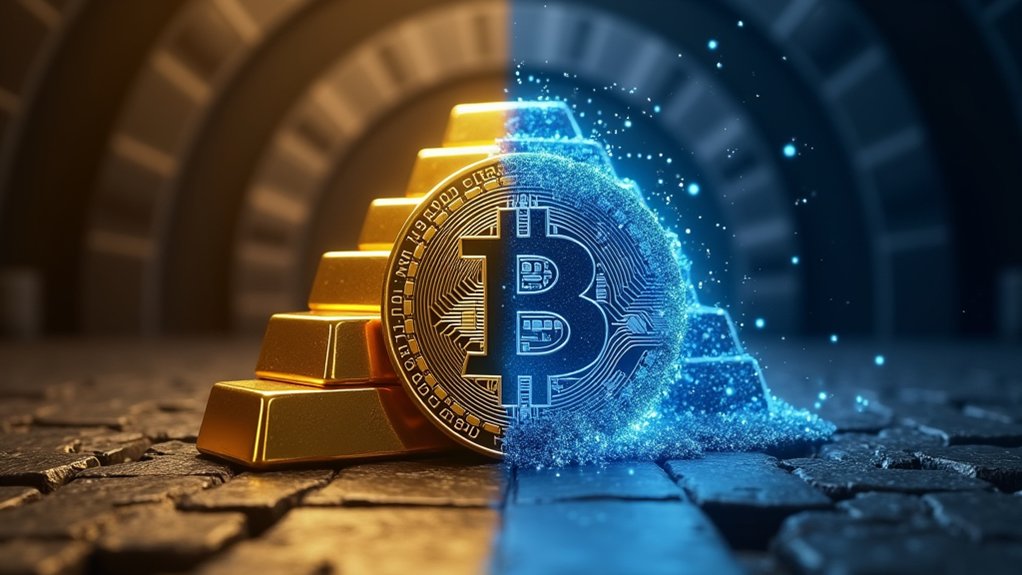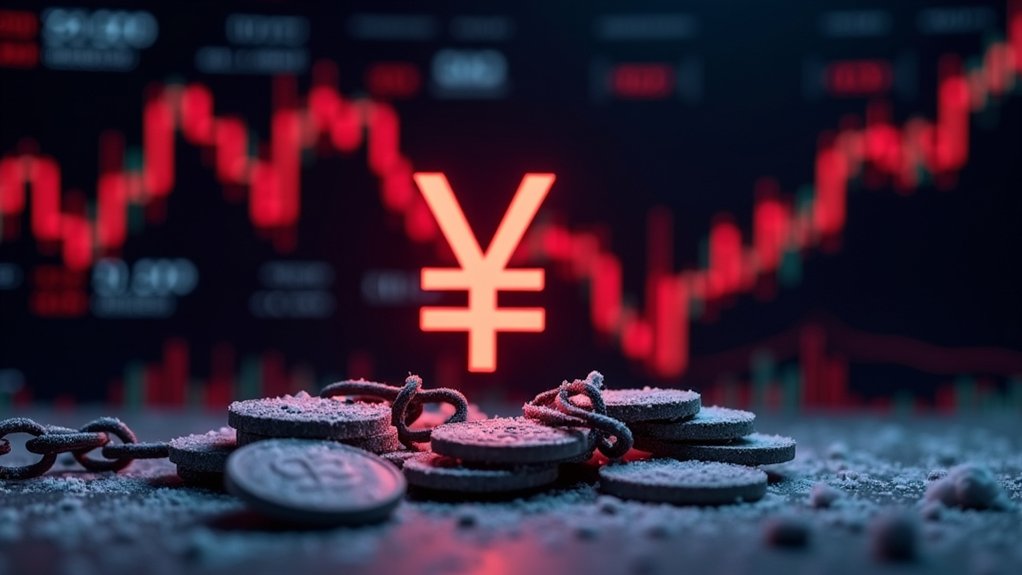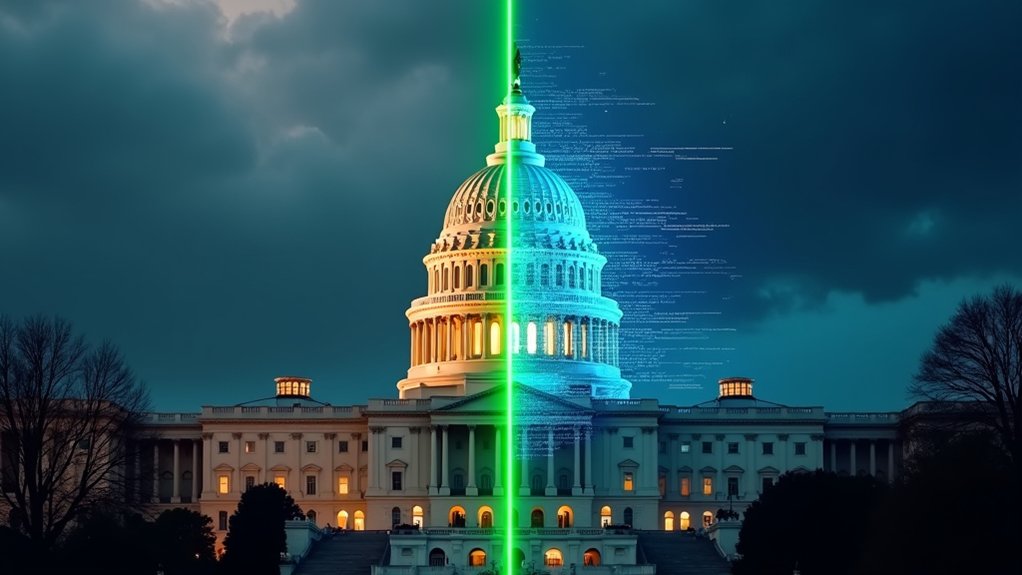Goldman Sachs thinks gold’s party is just getting started, forecasting prices to climb another 8% to $3,100 per troy ounce by the end of 2025. Bank of America is even more bullish, predicting averages of $3,063 next year.
Central banks can’t seem to get enough of the shiny stuff, hoarding it like squirrels before winter. They’re worried about frozen assets and global instability. Can’t blame them. The average monthly demand surged from 17 tonnes to 108 tonnes by December 2023.
Central banks stockpiling gold faster than conspiracy theorists stockpile canned goods. The new financial security blanket in uncertain times.
Bitcoin advocates love pointing to its 21 million coin cap as proof it’s the digital equivalent of gold’s scarcity. Nice theory. In practice, Bitcoin’s price swings make gold look like the boring, reliable friend everyone takes for granted. The network effects of Bitcoin increase its utility and value as more people adopt it worldwide.
The cryptocurrency market has seen more drama than a reality TV show, with exchanges collapsing and regulators circling like sharks. Yet Bitcoin refuses to die. It offers advantages gold can’t match: try dividing a gold bar into tiny pieces or carrying a million dollars of it through airport security.
Bitcoin handles both with ease. Its resistance to confiscation appeals to those who don’t trust governments. And many investors.
The correlation between gold and Bitcoin has recently turned negative, challenging the narrative they’re similar assets. Gold has already surpassed the all-time high of $3,100, demonstrating its enduring appeal during financial uncertainty. Gold remains the undisputed heavyweight champion of crisis hedging, backed by centuries of trust.
Bitcoin is the scrappy newcomer, full of potential but still proving itself. Despite gold’s impressive surge, Bitcoin’s unique properties guarantee its role as digital gold isn’t going anywhere. Different, yes. Dethroned? Not quite.





